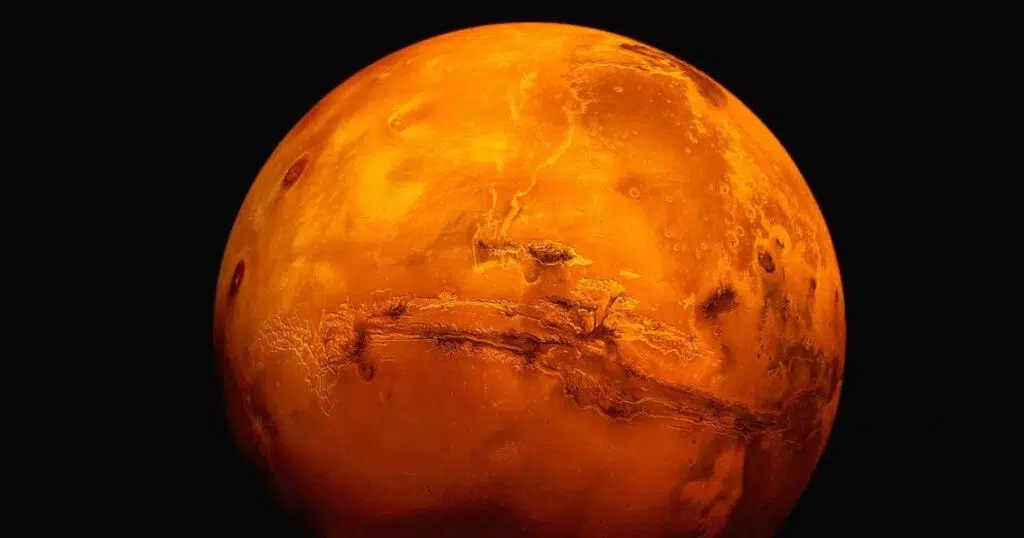
Can 3D Printing Solve The Manufacturing Problem For Future Mars Exploration?
In space, no one can hear you ask directions to the nearest hardware store.
Then again, if researchers at Washington State University are successful in their plans for 3D printing technology, future visitors to Mars — let alone those who might live there — may not need to seek out a supplier for things like tools or rocket components. They’ll just make their own.
As described in the July 24 issue of Applied Ceramic Technology, the research team devised a method of combining a small amount of crushed Martian rock with a a titanium alloy. Based on initial tests conducted with simulated Martian regolith, the loose, unconsolidated blanket of dust and crumbled rock that blankets Mars’ surface, the resulting produced material would be strong, high-performance-grade and could potentially work with a 3D printer designed to stand up to the rigors of space.
The researchers experimented with the rock-alloy mixture, using as little as 5 percent, all the way up to 100 percent of the simulated Martian mass.
What they discovered was that while the parts with 5% Martian regolith were strong, the 100% regolith parts proved brittle and cracked easily. But, the scientists found even high-Martian content materials could be useful in making coatings to protect equipment from rust or radiation damage, said Amit Bandyopadhyay, a corresponding author on the study.
“In space, 3D printing is something that has to happen if we want to think of a manned mission because we really cannot carry everything from here,” explained Bandyopadhyay, a professor in WSU’s School of Mechanical and Materials Engineering. “And if we forgot something, we cannot come back to get it.”
Carrying materials into space can be extremely expensive. For instance, the study authors noted, it cost about $54,000 for the NASA space shuttle to put just one kilogram of payload (about 2.2 pounds) into Earth orbit. So, anything that could be made in space, or on the Red Planet would cut down on weight and save a lot of money — not to mention if something breaks, astronauts would need a way to repair it on site.
Bandyopadhyay first demonstrated the feasibility of 3D manufacturing in space back in 2011, when his team used 3D-printing to produce parts from simulated lunar regolith for NASA. Since then, space agencies have accepted the technology, to the point that the International Space Station has its own 3D-printers on-site to manufacture needed materials and conduct experiments.
For their current experiment, Bandyopadhyay and graduate students Ali Afrouzian and Kellen Traxel used a powder-based 3D printer to mix the simulated Martian rock dust with a titanium alloy often used in space exploration because of its strength and heat-resistance. A high-powered laser heated the materials to over 2,000 degrees Celsius (3,632 F). Then the melted mixuture of Martian regolith-ceramic and metal was poured onto a moving platform that allowed the researchers to create different sizes and shapes. After the material cooled, the researchers tested it for strength and durability.
The ceramic material made from 100% Martian rock dust cracked as it cooled, but as Bandyopadhyay pointed out it could still make good coatings for radiation shields as cracks do not matter in that context. Not only did the mixture of 5 percent regolith not crack or bubble, but it also demonstrated better properties than the titanium alloy alone — meaning it could be used to make lighter weight pieces that could nonetheless bear heavy loads.
“It gives you a better, higher strength and hardness material, so that can perform significantly better in some applications,” Bandyopadhyay said, adding the current study is just a start to the overall experimentation process and future research may yield better composites using different metals or 3D-printing approaches.
“This establishes that it is possible,” he said.



